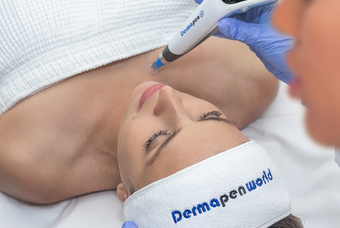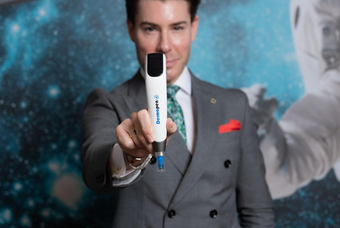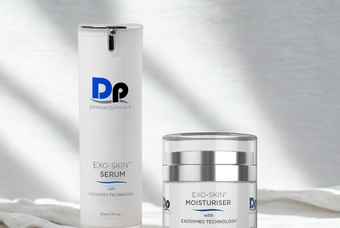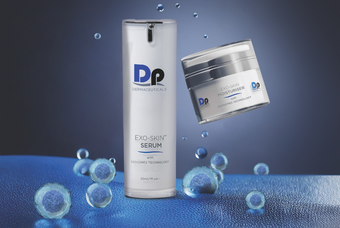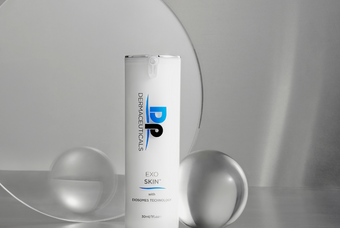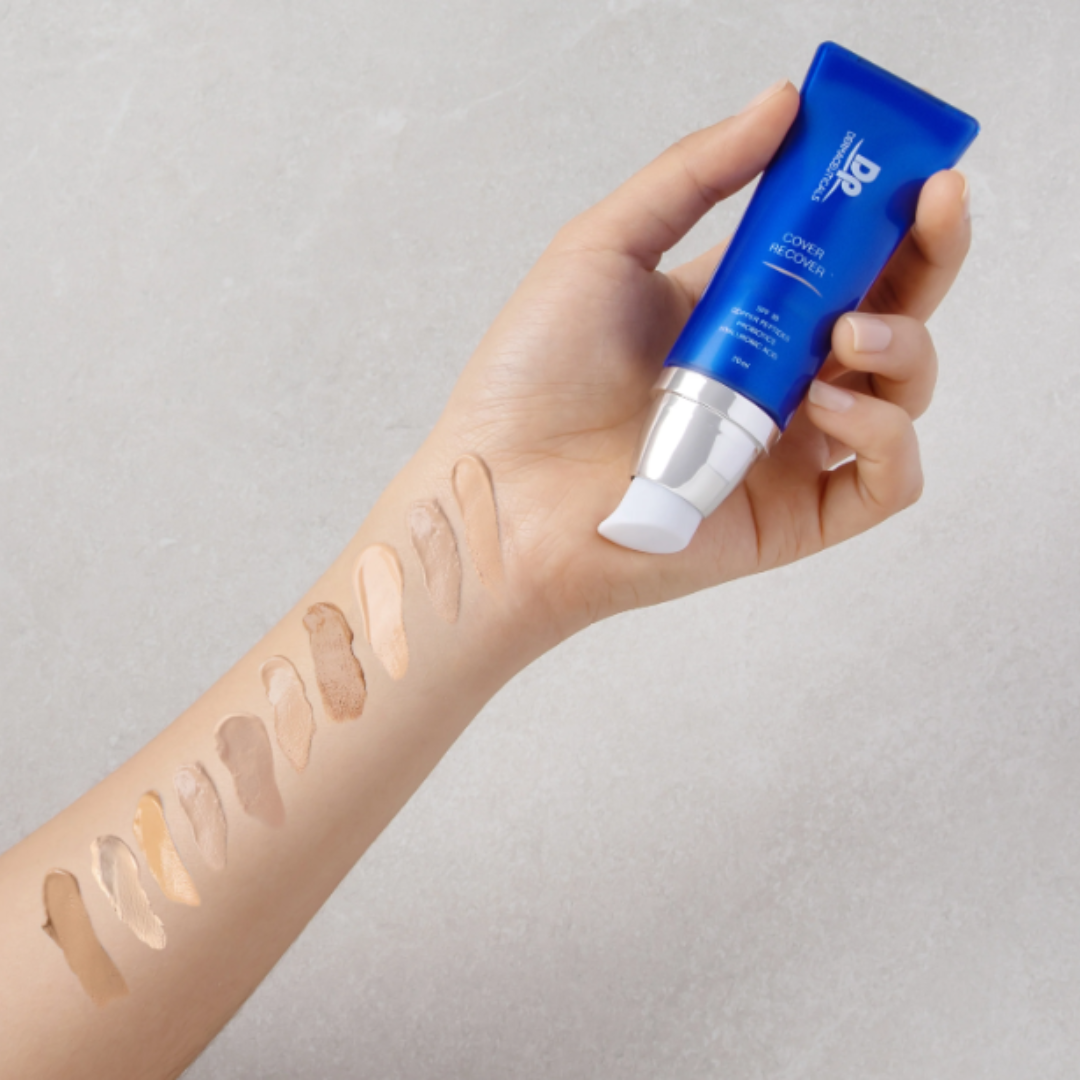Your skin tone impacts your daily choices as far as clothing, makeup, and general skin care - including sun protection.
While skin tones and skin color are used interchangeably, there is a nuanced difference between the two, which can be important in the world of aesthetics:
Skin color is a more general term that categorizes skin as light, medium, or dark.
Skin tone refers to the visible hue of an individual's skin, which also encompasses the undertones. For example, someone can have a light skin tone but with warm, cool or neutral undertones. If you’ve ever shopped for foundation, you may have seen these specifications.
Both terms are ultimately a reference to how much melanin one’s skin has. Melanin is what’s responsible for the pigmentation of our skin. It is also what allows skin to better protect itself against UV radiation.
Understanding the Fitzpatrick Scale of Skin Tones
In medical aesthetics, the Fitzpatrick skin typing test classifies different skin types based on their response to ultraviolet (UV) light, specifically how easily they burn or tan.
Developed in 1975 by Thomas B. Fitzpatrick, a dermatologist, the scale is useful for assessing the risk of sunburn and skin cancer, and for determining appropriate sun protection measures.
The Fitzpatrick scale divides skin tones into six types:
- Type I: Very fair skin that always burns and never tans. Often characterized by light blue or green eyes and blonde or red hair.
- Type II: Fair skin that burns easily and tans minimally. People with Type II skin may have blue or hazel eyes and light to medium brown hair.
- Type III: Light to moderately fair skin that may burn initially but gradually tans. Eye and hair color can vary, often ranging from brown to darker blonde.
- Type IV: Moderate brown skin that tans easily and rarely burns. People with Type IV skin often have brown eyes and dark hair.
- Type V: Dark brown skin that rarely burns and tans readily. Individuals with Type V skin may have brown eyes and dark hair.
- Type VI: Very dark skin that never burns and tans deeply; common among people with African, African-American, and Afro-Caribbean ancestry.
Types of Undertones ( and celebrity matches!)
As mentioned before, there are three different undertones: warm, cool, and neutral. But what does that look like? Let’s break it down in simple terms: jewelry and celebrity!
Warm undertones include golden, yellow, or peachy undertones, and look great with gold jewelry. The celebrity matches for this undertone includes Beyonce, Michael B. Jordan, Jennifer Lopez, and Chris Hemsworth.
Cool undertones include pink, red, or bluish undertones, and look better in silver jewelry. Your celebrity matches: Anne Hatheway, Will Smith, Adele, and Nicole Kidman.
Neutral undertones are a combination of warm and cool undertones and look good in gold and silver jewelry. Your celebrity matches include Julianne Moore, Selena Gomez, and Kristen Stewart.
How to Determine Your Undertone
The quickest way to know your skin’s undertone is to assess how you react to the sun.
If you burn easily, you’re likely to have a cool undertone.
If you tan beautifully, you’re probably closer to the ‘warm’ undertone category.
If you burn, and then tan, you’re most likely to have a neutral undertone.
Best Sunscreen for the Face
There are three big myths about sunscreen that we will tackle in this section:
- You only need it in the summer or on sunny days.
- You don’t need sunscreen if you’re dark or don’t burn.
- Mineral sunscreen - which is safer than chemical sunscreen - leaves a white cast.
You need sunscreen every day, especially on parts of your body that are exposed - face and hands. Even if you are at home all day, UV rays get through the windows and your electronic devices emit blue light, which is just as harmful. On a daily basis, when you are not out in the sun all day, you should wear SPF 30 sunscreen or higher.
Even Fitzpatrick scale Type VI skin should wear sunscreen on a daily basis. Consider this: we tan because melanocytes produce more melanin in an attempt to shield skin from damage caused by UV rays. While it may seem like the body's natural protection against UV, the protection it offers is equivalent to SPF 2 to SPF 4 - and that’s for type VI individuals!
Mineral sunscreen is safer for skin than chemical sunscreen because it doesn’t cross the skin barrier. Formulated with Titanium Dioxide and/or Zinc Oxide, mineral sunscreen has been known to leave a pasty white cast. But that no longer needs to be the case!
Instead, you can find the best sunscreen for the face with a tinted moisturizer for daily use like Dp Dermaceuticals Cover Recover. It comes in nine beautiful shades - plus sheer and clear - taking skin tones and undertones into consideration.
Can you find your celebrity match below? Take the quiz to find your perfect match.


